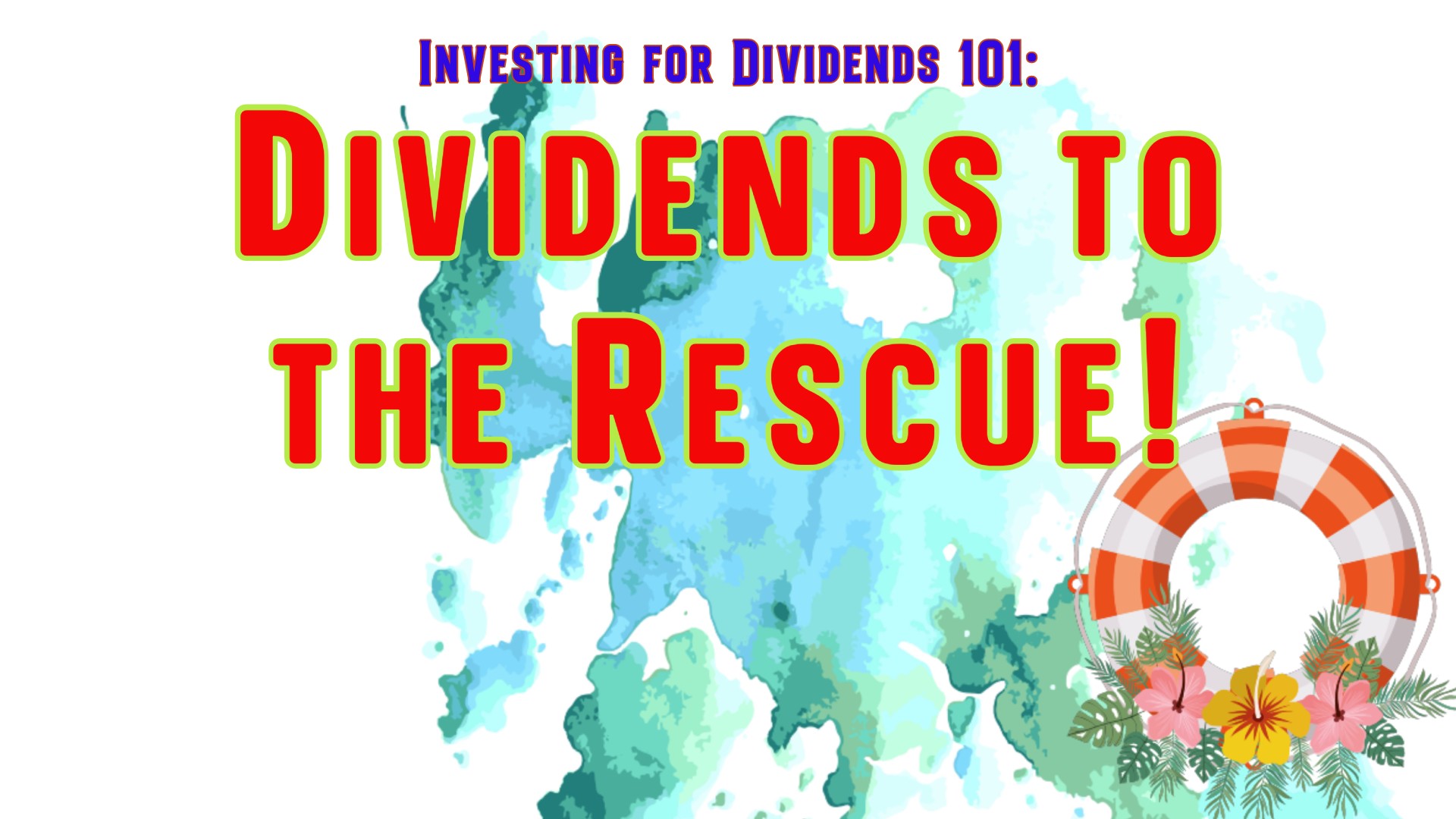The opposite of fear is knowledge. Many people are fearful of retirement. Some people don’t fear retirement because they are too fearful to even plan for retirement. But there is nothing to fear. We do not have to worry about the safety of social security or our pension plans. We have the ability to plan, build, and execute our own retirement plans.
Creating-Your-Own-Retirement is nothing new. It is new to the middle-class. Buying and holding great dividend-paying companies is something that the rich have been doing for an extremely long time. First things first- learn about the stock market with the Stock Market 101 series (101, 102, 103, 104, 105)
But how does this relate to your retirement? How can companies assist you in your retirement goals? The key is dividends. Dividends are a portion of a companies profits paid to shareholders. In order to receive dividends, we need to own shares in these companies.
Introduction to REITs part 1
There you have it, that is the jest of the idea of building a dividend portfolio for retirement. Research great companies, buy them over time and build the perfect retirement for yourself. Inside this basic idea, we can then divide our strategy into the outcome we desire. I will create 3 basic plans for us today- extra, supplement, and main.
Dividends for extra income. In this plan, you look to build a small dividend portfolio, mainly for extra income. I would say this is passive income between $500-$1000 a month. This will help pay some bills around the house and also diversify your income from your main wealth generator- which could be a pension, social security, or real estate. By keeping the plan small and simple, you will have to spend less time managing your different stocks.
Dividends for supplemental income. In this plan, you will build a medium-sized dividend portfolio, specifically for supplemental passive income. This means that dividends are their own pillar inside a larger retirement plan. This is how I invest for dividends. I created the Retirement 4-50 plan that consists of retirement income, rental income, investment income, and business income. I prefer this method because it is not overly reliant on dividends or any one source at all. I would say that you can aim for dividend income between $1,000 to $3,000 a month. This plan will require more maintenance because you will hold more companies and securities.
Dividends vs Capital Gains: Which is the Best Investing Method?
Dividends as your main income. The grandaddy of them all. You want to go all-in on dividends. This plan is great for freelancers or self-employed individuals. Instead of relying on a 401k style retirement plan, these individuals can invest directly into the stock market and build their own portfolio. This allows them the freedom to create a plan that works for their sporadic or evolving workflow. Then if things get hard, they can stop investing and their portfolio will continue to grow. They can even use the income from their investments as they see fit. This plan consists of income between $3,000-$10,000 a month.
Let me be very clear. It takes a lot of money to retire entirely from dividends. Obtaining a 4% dividend yield from your portfolio is actually a pretty high percentage. That being said, you will have to create 25 times the amount of income you desire in your annual budget. For example, if you would like $50,000 of annual dividend income, you would multiply that number by 25. This gives us $1.25 million.
For this reason, dividends are not a good wealth generator. They are a good store of wealth and ensures that your money keeps growing. However, you need a few wealth generators to build up the massive amount of money it takes to build your portfolio.
Stocks vs Bonds: A Beginner’s Guide
For example, a good wealth generator would be renting rooms in your house. If you are generating $1,000 a month of income renting out rooms, then you can invest that money directly into your dividend portfolio. Your W-2 job will usually not be a good wealth generator.
Over the course of this series, I will walk you through the steps of documenting your dividend journey, tracking your companies, re-investing dividends, picking a platform, diversifying your portfolio, and building a portfolio for your family. Also, we will look at different securities that pay higher dividends. We will need a combination of these securities to ensure we are diversified and also are getting a higher dividend yield, safely.
Keep an eye out for the Investing for Dividends Series. Let me know what else you would like to see through this series as well. The earlier you start investing in dividends, the better your results will be. The power of compounding is best applied through time.

Check out our Merchandise Shop on Redbubble: (here)
Follow us on our Facebook Page (here)
Join our Facebook group (here)
Follow us on Pinterest at:
Disclosure: I am not a financial advisor or money manager, and any knowledge is given as guidance and not direct actionable investment advice. I am an Amazon Affiliate. Please research any investment vehicles that are being considered. I wrote this article myself, and it expresses my own opinions. I am not receiving compensation for it. I have no business relationship with any company whose stock is mentioned in this article.

Leave a Reply